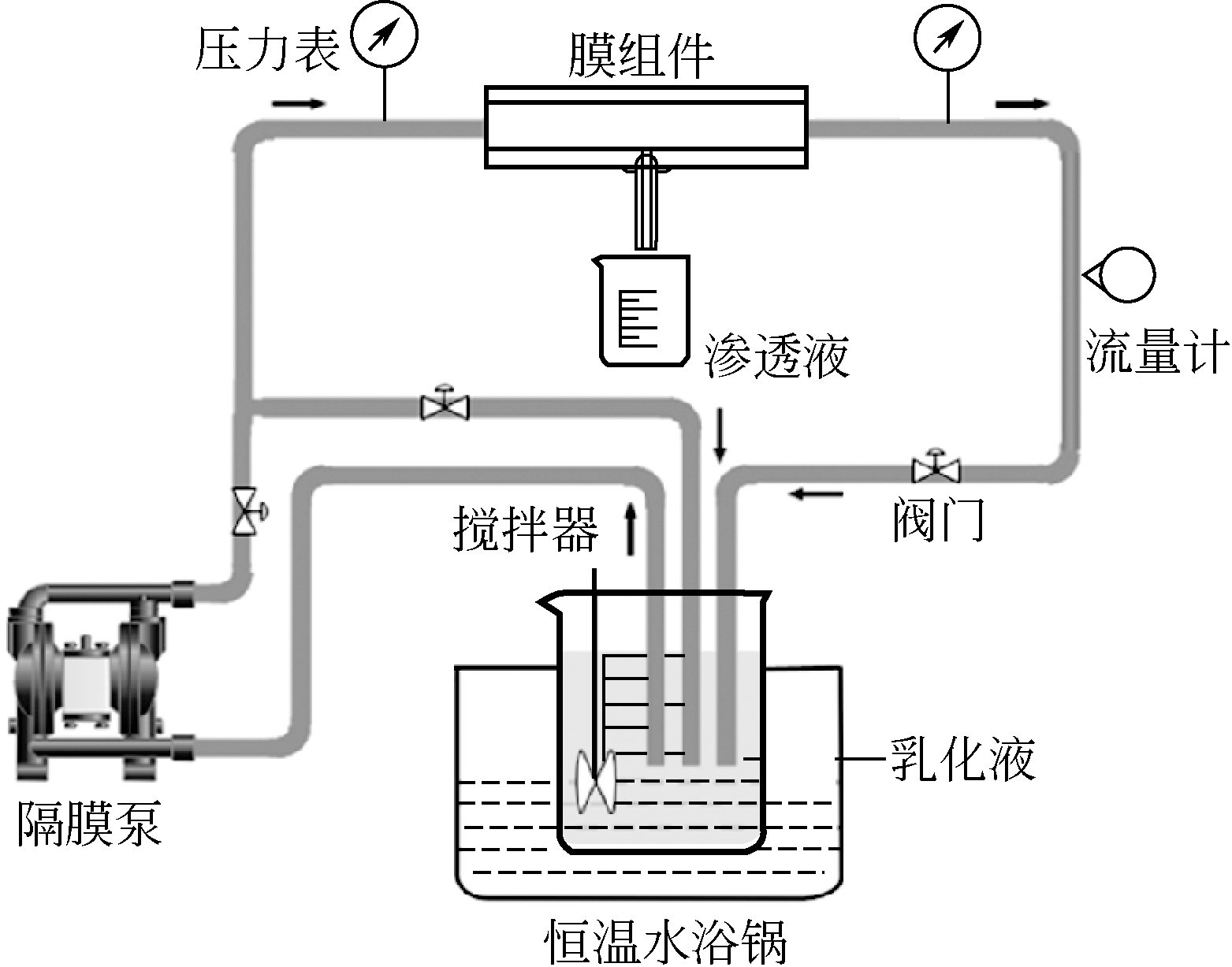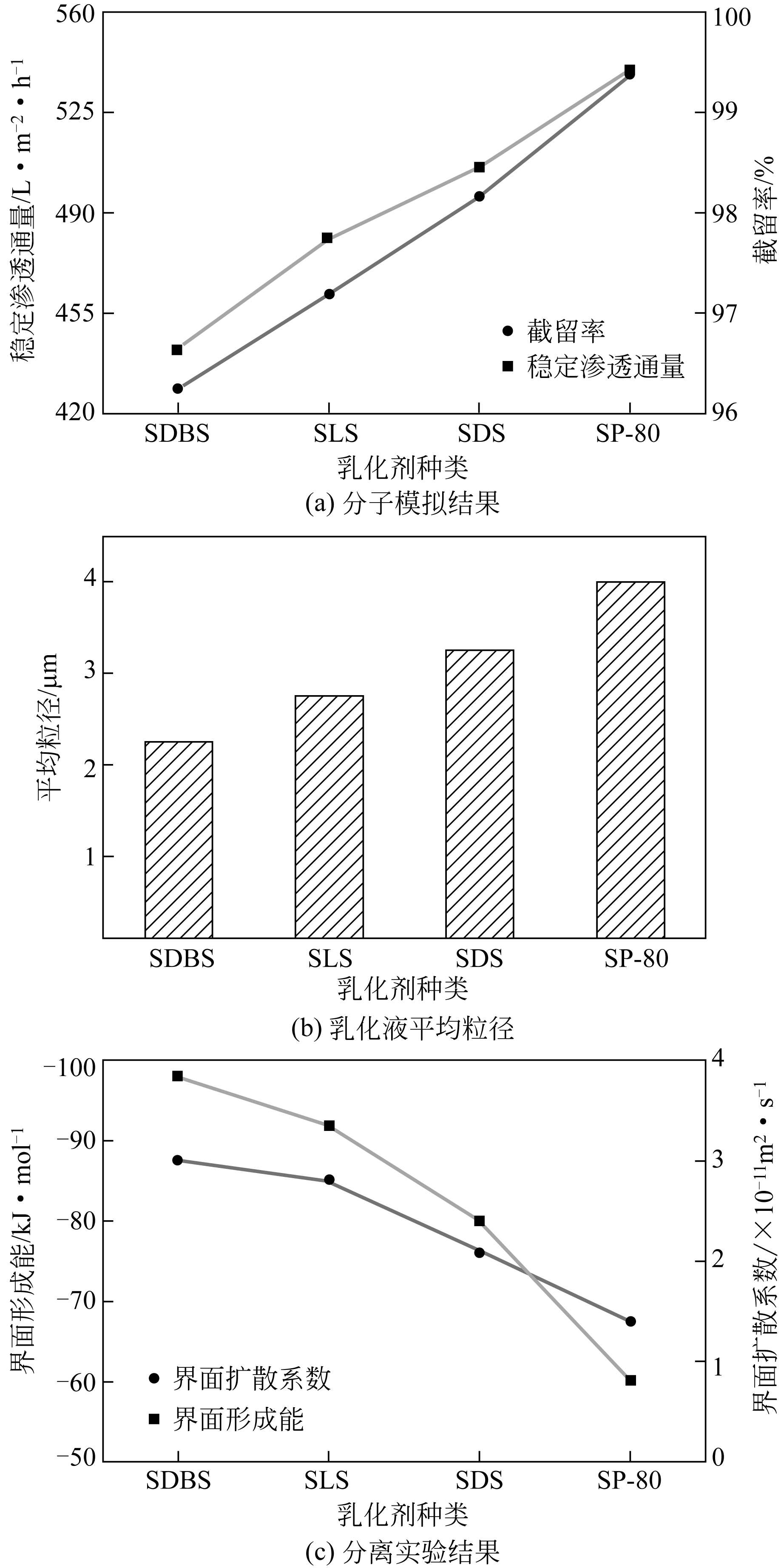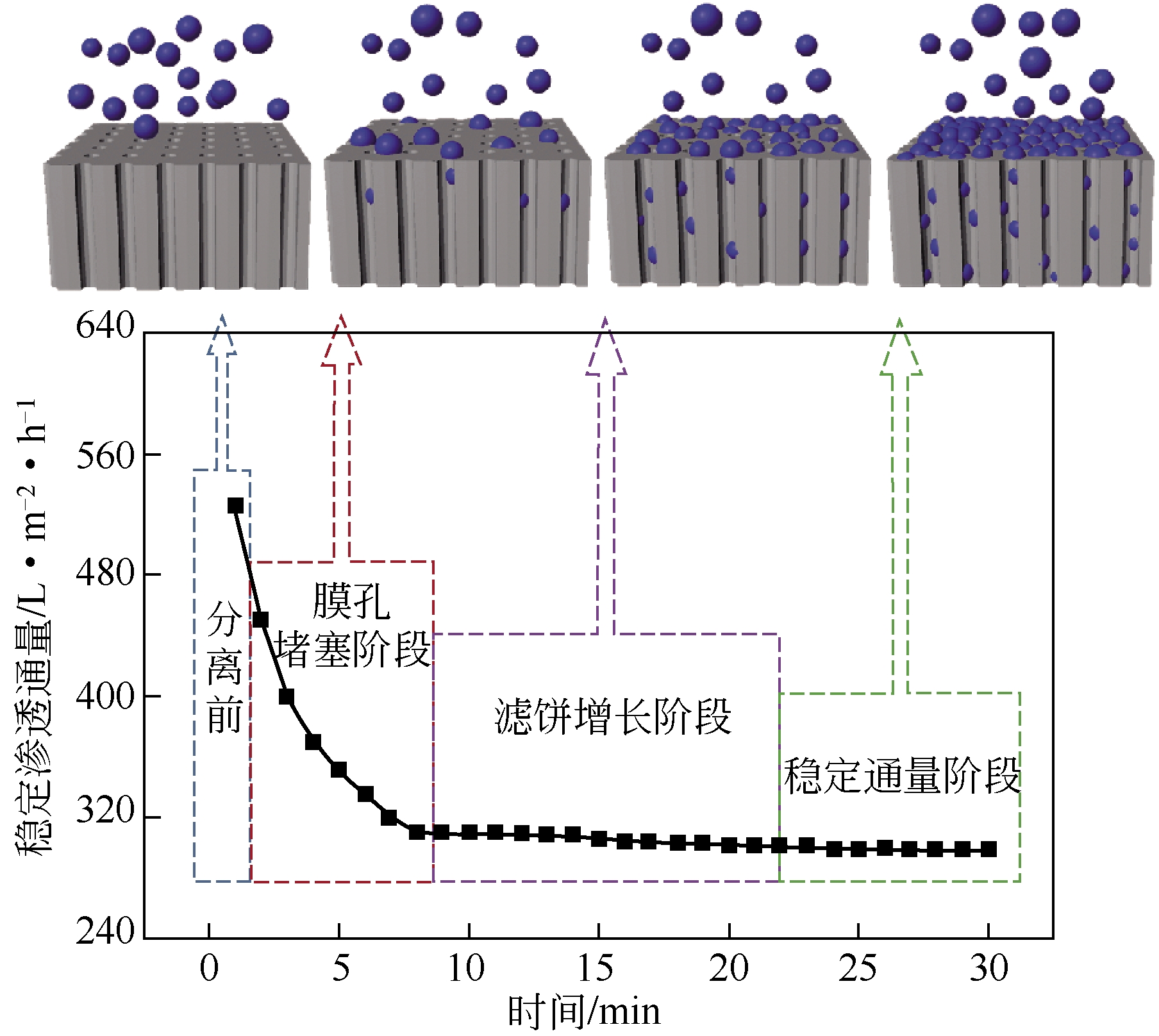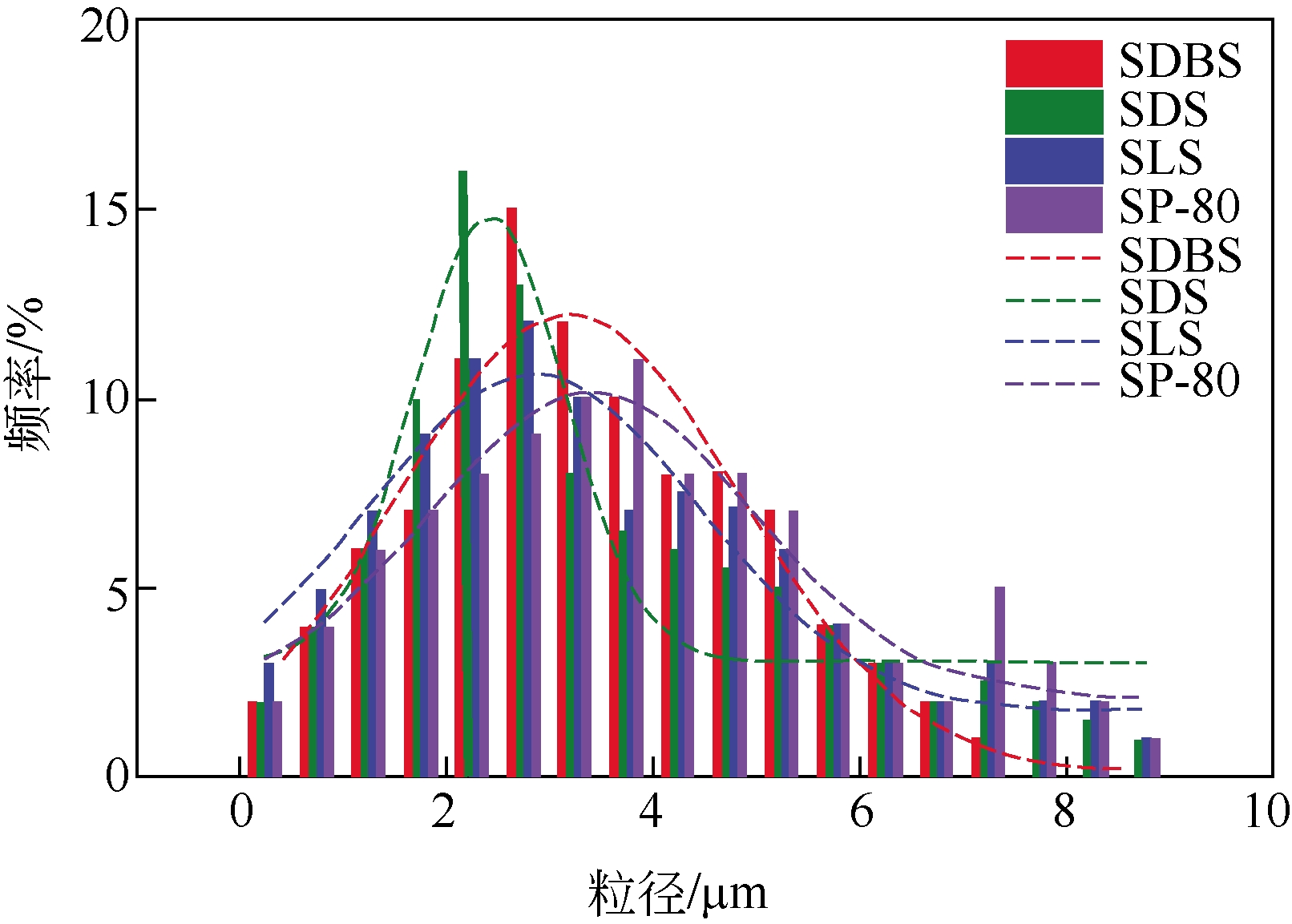| 1 |
张文林, 李春利, 侯凯湖 . 含油废水处理技术研究进展[J]. 化工进展, 2005, 24(11): 1239-1243.
|
|
ZHANG Wenlin , LI Chunli , HOU Kaihu . Progress of oil-bearing wastewater treatment processes[J]. Chemical Industry and Engineering Progress, 2005, 24(11): 1239-1243.
|
| 2 |
TONG K , ZHANG Y , LIU G , et al . Treatment of heavy oil wastewater by a conventional activated sludge process coupled with an immobilized biological filter[J]. International Biodeterioration & Biodegra Dation, 2013, 84(5):65-71.
|
| 3 |
BERN F . Physical-chemical methods of treatment for oil-containing effluents[J]. Waterence & Technology, 2011, 14(4):1195-1207.
|
| 4 |
孙琳, 田园媛, 蒲万芬, 等 . 高温低渗油藏表面活性剂驱影响因素研究[J]. 油田化学, 2013, 5(2): 216-220.
|
|
SUN Lin , TIAN Yuanyuan , PU Wanfen , et al . Study on the influence factors of surfactant flouding in high-temperature low-permeability reservoir[J]. Oil Chemistry, 2013, 5(2):216-220.
|
| 5 |
陈银平 . 陶瓷膜基动态膜的制备及在油水分离中的应用[D]. 大连: 大连理工大学, 2013.
|
|
CHEN Yinping . The application of dynamic membrane formed on ceramic tube in the separation of oil-in-water emulsions[D]. Dalian: Dalian University of Technology, 2013.
|
| 6 |
VINCENT-VELA M C , CUARTAS-URIBE B , ALVAREZ-BLANCO S , et al . Analysis of fouling resistances under dynamic membrane filtration[J]. Chemical Engineering and Processing, 2011, 50(4): 404-408.
|
| 7 |
ZHAO Y J , TAN Y , WONG F S , et al . Formation of dynamic membranes for oily water separation by crossflow filtration[J]. Separation and Purification Technology, 2005, 44(3): 212-220.
|
| 8 |
孙宏梅, 潘艳秋, 柏斌, 等 . 炭膜基亲水性无机动态膜的制备研究[J]. 高校化学工程学报, 2011, 25(6): 1062-1067.
|
|
SUN Hongmei , PAN Yanqiu , BO Bin , et al . The study of preparation of hydrophilic inorganic dynamic membranes based on tubular porous carbon membrane[J]. Journal of Chemical Engineering of Chinese Universities, 2011, 25(6): 1062-1067.
|
| 9 |
王文娟, 赵昊瀚, 潘艳秋 . 动态膜分离油水乳化液操作条件优化和影响因素分析[J]. 高校化学工程学报,2015,29(5):1045-1052.
|
|
WANG Wenjuan , ZHAO Haohan , PAN Yanqiu . Process optimization and characterization of oil-in-water emulsion separation with dynamic membranes[J]. Journal of Chemical Engineering of Chinese Universities, 2015, 29(5): 1045-1052.
|
| 10 |
DONG Z , LIN M , HAO W , et al . Influence of surfactants used in surfactant-polymer flooding on the stability of Gudong crude oil emulsion[J]. Petroleum Science, 2010, 7(2): 263-267.
|
| 11 |
马宝东 . 表面活性剂提高油田污水回注效率的机理研究[D]. 济南: 山东大学, 2014.
|
|
Baodong MA . Mechanism of surfactant improving oilfield wastewater recycling efficiency[D]. Jinan: Shandong University, 2014.
|
| 12 |
殷红军 . 大庆油田含油污水处理关键技术参数研究[D]. 长春: 吉林大学, 2016.
|
|
YIN Hongjun . Research on key technical parameters of oily wastewater treatment in Daqing Oilfield[D]. Changchun: Jinlin University, 2016.
|
| 13 |
FERNÁNDEZ EVA , JOSÉ MANUEL BENITO, PAZOS CARMEN , et al . Ceramic membrane ultrafiltration of anionic and nonionic surfactant solutions[J]. Journal of Membrane Science, 2005, 246(1): 1-6.
|
| 14 |
CHIU T Y , JAMES A E . Microfiltration of amphoteric surfactant using ceramic membranes[J]. Colloids and Surfaces A, 2006, 280: 58-65.
|
| 15 |
MATOS M , GUTIÉRREZ G , LOBO A , et al . Surfactant effect on the ultrafiltration of oil-in-water emulsions using ceramic membranes[J]. Journal of Membrane Science, 2016, 520: 749-759.
|
| 16 |
王文娟 . 油水分离动态膜制备、应用及其形成机理研究[D]. 大连: 大连理工大学, 2015.
|
|
WANG Wenjuan . The research for dynamic membrane preparation, application of oily wastewater separation and its formation mechanism [D]. Dalian: Dalian University of Technology, 2015.
|
| 17 |
CHRISTOPHER J , SARPAL A S , KAPUR G S , et al . Chemical structure of bitumen-derived asphaltenes by nuclear magnetic resonance spectroscopy and X-ray diffractometry[J]. Fuel, 1996, 75(8): 999-1008.
|
| 18 |
范维玉, 赵品晖, 康剑翘, 等 . 分子模拟技术在乳化沥青研究中的应用[J]. 中国石油大学学报(自然科学版), 2014, 38(6): 179-185.
|
|
FAN Weiyu , ZHAO Pinhui , KAN Jianqiao , et al .Application of molecular simulation technology to emulsified asphalt study[J]. Journal of China University of Petroleum, 2014, 38(6): 179-185.
|
 ),Yanqiu PAN(
),Yanqiu PAN( ),Pengpeng CHEN,Lu YU
),Pengpeng CHEN,Lu YU









